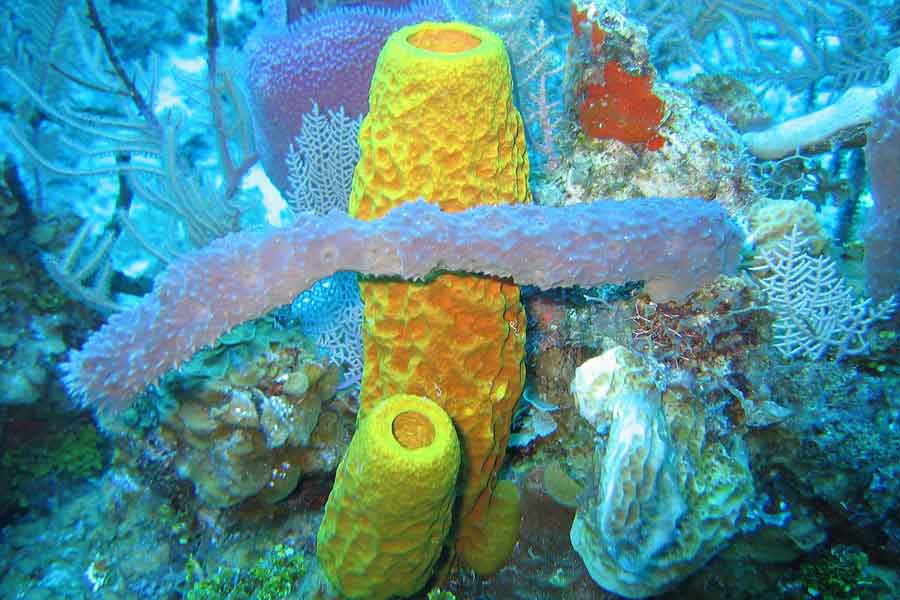
In 1984, a group of divers from the Harbor Branch Marine Biomedical Laboratory, during a routine dive in the Bahamas, collected a piece of sponge from a species they had never seen before. In vitro experiments detected a chemical from the sponge that possessed significant anti-cancer properties.
However, after the initial excitement, hundreds of expeditions were conducted without finding any more samples. The search spanned nearly twenty years in waters around the world, from the Caribbean to Madagascar, from the Seychelles to the Galapagos, from the Canary Islands to Thailand. The search covered everything, but the answer lay in the depths.
Recently, after almost twenty years, scientists rediscovered the precious sponge at a depth of 300 meters near the Bahamas. Today, discodermolide, a component derived from these deep-sea sponges, is in phase I for the treatment of lung cancer and has shown no toxic effects so far.
However, the great depth at which they are found, the scarcity of these sponges, and their small size, barely larger than a soccer ball, raise new questions: How can we obtain sponges without depleting current populations? One option being considered is cultivating sponges on the seafloor. Another option could be synthesizing the substance artificially or, if the anti-cancer compound is produced by a microorganism within the sponge, attempting to cultivate it in vitro.
So far, the Harbor Branch has developed over a hundred potential drugs from marine organisms collected worldwide since 1980. Perhaps marine sponges hold the solution to one of the most feared diseases for humans.
The sea, that eternal monster from which life emerged, continues to give life. It’s time for us to reciprocate. It’s time to start protecting it.
«One cannot defend what one does not love, and one cannot love what one does not know.»

